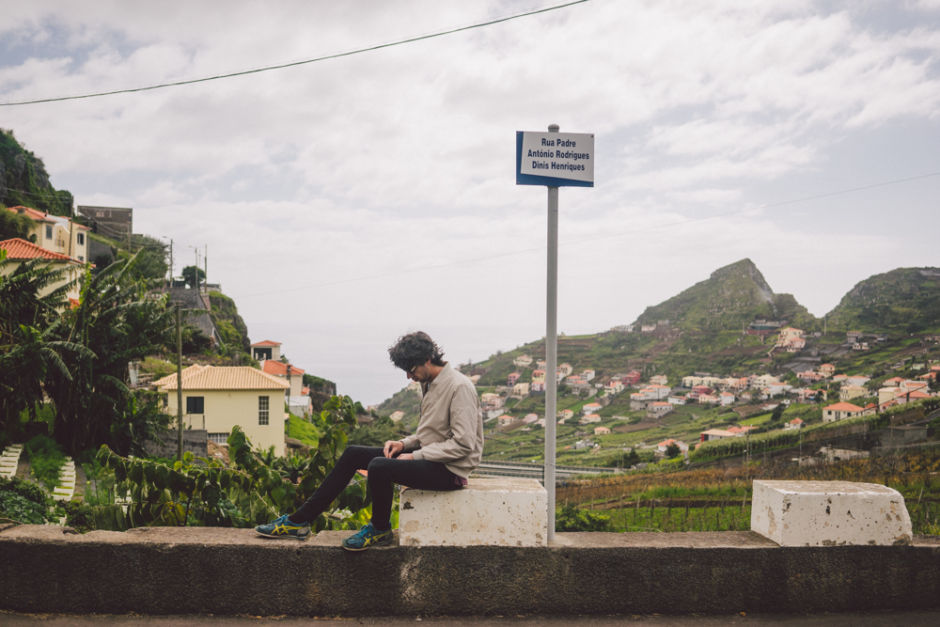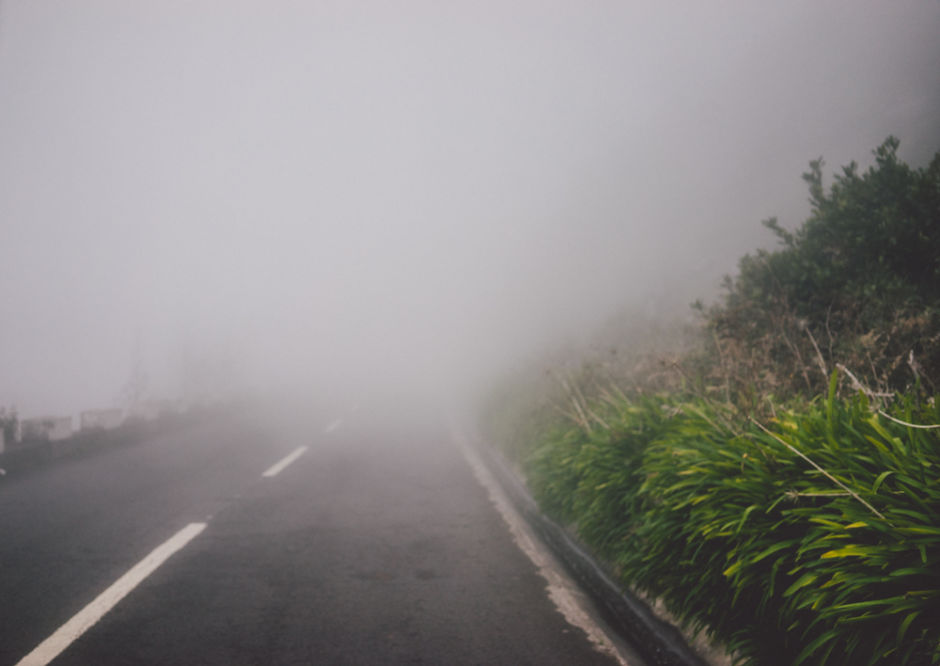Madeira is an autonomous region of Portugal that’s nearer to Africa than its mainland and is one of the most underrated archipelagos in the world. It’s bursting with life, lush and ripe with both farmland and culture. I moved around the island aboard a rented motorbike with my camera in hand; here’s just a slice of my journey around this lesser-known part of Europe.



Intermission




Intermission




Intermission


